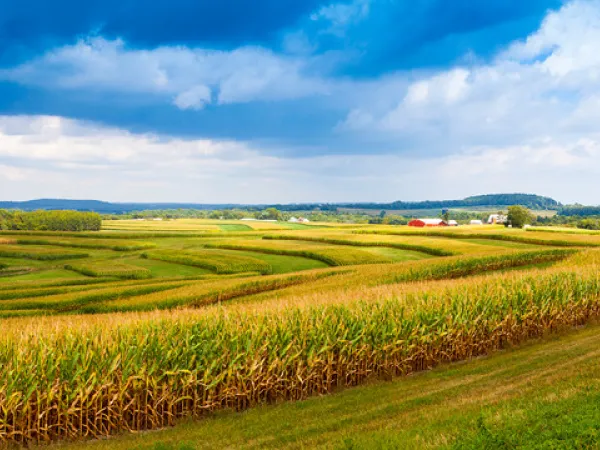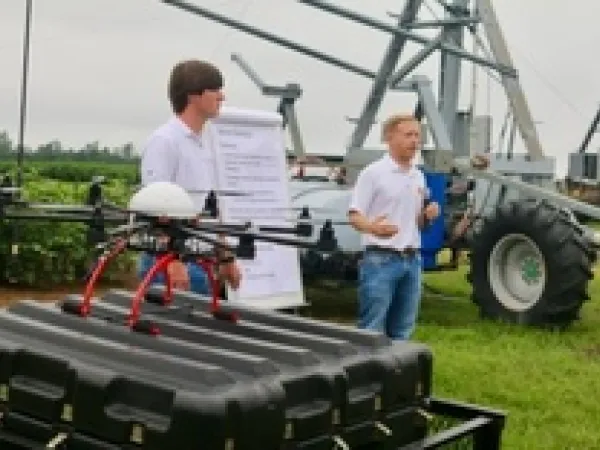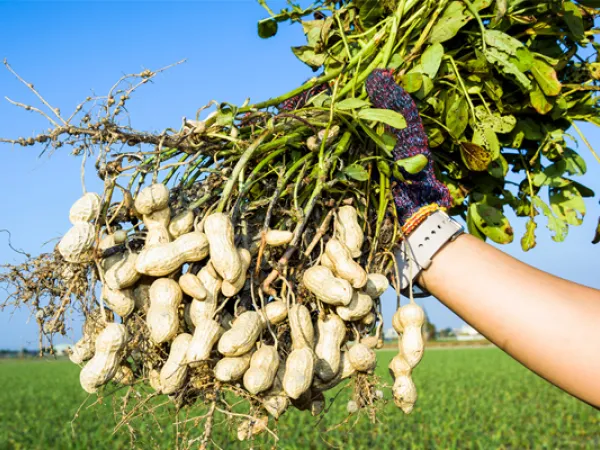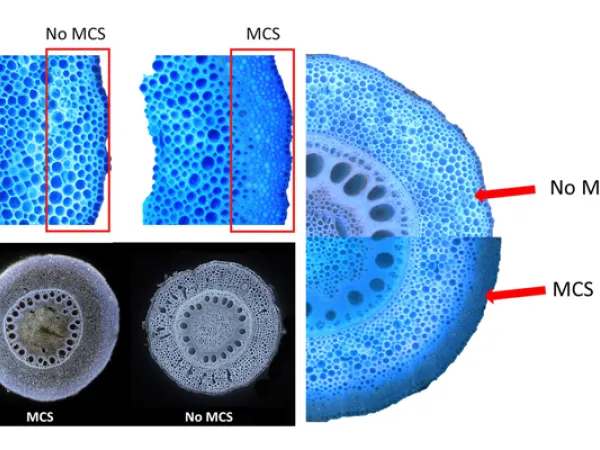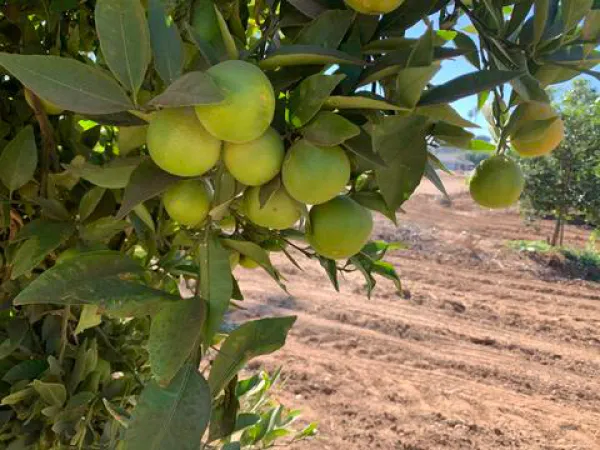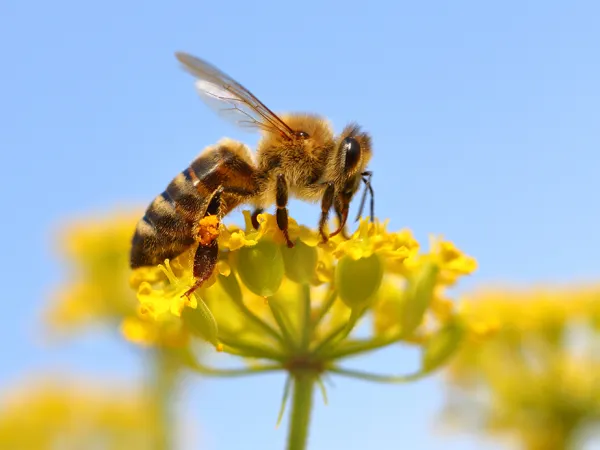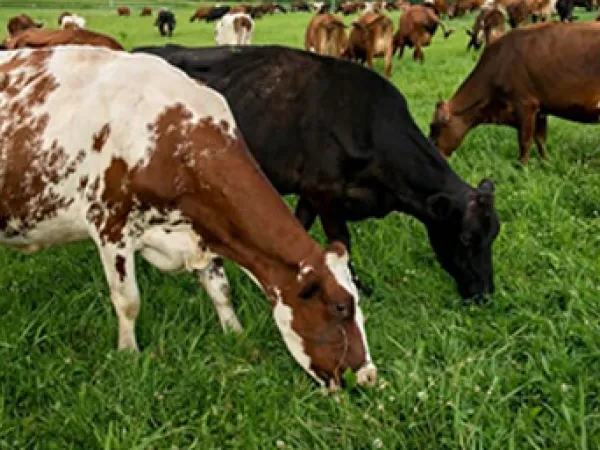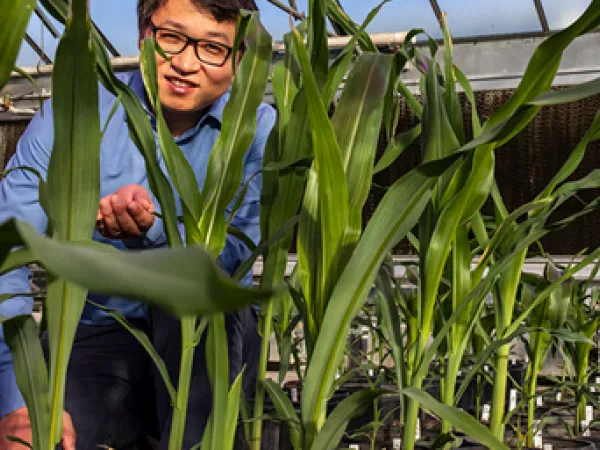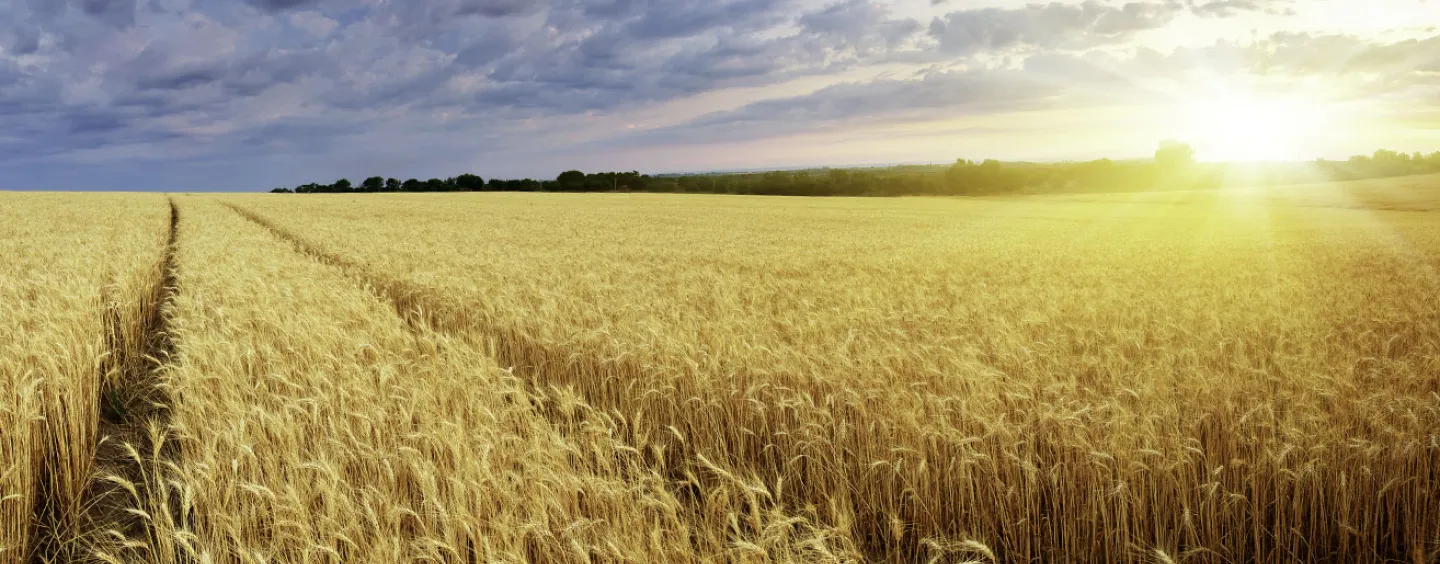
Search for News Items
Blog
Worker Safety and Dairy Operations
Dairy farms are getting larger with increasing herd sizes. Meanwhile, the total number of farms continues to decrease. More cows on a farm requires more workers on a farm. The more workers on a farm, the greater the risk of spreading…
Press Release
NIFA Invests Over $8.5 Million in Critical Research and Extension to Address Urgent Needs in Agriculture
KANSAS CITY, Mo., March 17, 2021 – The U.S. Department of Agriculture’s National Institute of Food and Agriculture (NIFA) recently awarded over $8.5 million in funding for 29 research and Extension grants that will advance…
Impact
Dashboard for Agricultural Water Use and Nutrient Management
Agricultural producers in the Corn Belt are navigating increasingly complex decisions as they grow food and energy crops while facing a changing climate and greater extremes in temperature and rainfall. Routine decisions such as crop…
Blog
NIFA’s Expanded Food and Nutrition Education Program: Helping Consumers Maximize, and Safely Serve and Store the Food They Have
During the current pandemic, nutrition security has taken center stage. Families are struggling to put healthy food on the table. In these uncertain times, it’s important for communities to have the resources they need to help feed and…
Impact
Clemson Precision Ag Research Means Savings for South Carolina Farmers
Most sandy soils in South Carolina have a compacted zone, called a hardpan that roots can’t penetrate. If the hardpan isn’t tilled, plant roots can’t reach the water and nutrients in the deeper soil. The hardpan costs a great deal of…
Impact
Cactus Pear Could be the Sustainable Food and Fuel Crop of the Future
Fresh cactus fruit (prickly pear, opuntia) courtesy of Getty Images. In the near future, could cactus pear become a major crop like soybeans and corn, and help provide a biofuel source, as well as a sustainable food and forage crop?…
Blog
Modeling and Training to Enhance Resilience of the U.S. Food System to COVID-19 Labor Shortages
Funded by USDA’s National Institute of Food and Agriculture, a team of Cornell University researchers, partnering with startup iFoodDecisionSciences (iFoodDS), is conducting a project to model the spread of COVID-19 and to identify…
Impact
Ensuring Meat Processing Safety in These Challenging Times
Photo of meatpacking worker, courtesy of iStock Photo With the rampant spread of COVID-19 among meat processing plant workers, the meat industry continues to face serious issues. The prevalence of the virus has led to meat…
Blog
Ensuring Meat Processing Safety in These Challenging Times
With the rampant spread of COVID-19 among meat processing plant workers, the meat industry continues to face serious issues. The prevalence of the virus has led to meat processing- and packaging-plant closures. It has created…
Blog
Celebrating the Agricultural Impacts of 1890 Land-grant Universities
USDA has a long history of investing in and supporting our nation’s Historically Black Colleges and Universities (HBCUs). Established under the Second Morrill Act of 1890, these 19 HBCUs, along with the two HBCU land-grant universities…
Impact
Researchers Discover Biomarkers Needed to Help Peanuts Beat the Heat
Farmer harvesting peanuts. Photo courtesy of Getty Images. Heat stress caused by climate change is threatening to reduce peanut crop yields. A group of researchers led by Clemson University Plant and Environmental Sciences…
Impact
Beef Producers Could Have More Precise Way to Manage Herds
Beef producers in the future could have a more precise way to determine the productivity of their cattle, thanks to a collaboration between the University of Missouri’s Engineering and the College of Agriculture, Food and Natural…
Impact
Newly Discovered Trait Helps Plants Grow Deeper Roots in Dry, Compacted Soils
Image courtesy of Hannah Schneider/Penn State. A previously unknown root trait allows some cereal plants to grow deeper roots capable of punching through dry, hard, compacted soils, according to Penn State University researchers,…
Blog
Keeping Food Safe from Farm to Table
During these challenging times, it's especially important to know that we have a safe and strong food supply. Here's what scientists and Cooperative Extension experts at North Carolina State University are doing to help.
Blog
The “Pathways to Success” Program
The Academy of Nutrition and Dietetics states, “Diversity recognizes and respects differences in culture, ethnicity, age, gender, race, creed, religion, sexual orientation, physical ability, politics and socioeconomic characteristics.”…
Impact
No-Till Practices in Vulnerable Areas Significantly Reduce Soil Erosion
Soil erosion is a major challenge in agricultural production. It affects soil quality and carries nutrient sediments that pollute waterways. While soil erosion is a naturally occurring process, agricultural activities such as…
Impact
Delicious and Disease-free: Scientists Attempting New Citrus Varieties
University of California Riverside (UCR) scientists are betting an ancient solution will solve citrus growers’ biggest problem by breeding new fruits with natural resistance to a deadly tree disease. The hybrid fruits will ideally…
Impact
Climate Change Reduces the Abundance and Diversity of Wild Bees
Wild bees are more affected by climate change than by disturbances to their habitats, according to a team of researchers led by Penn State University. The findings suggest that addressing land-use issues alone will not be sufficient…
Impact
Powering Up Stretchy Technology
A Michigan State University (MSU) research team has developed a new “4D printing” approach to help power stretchable devices. The researchers led by MSU’s Changyong Cao has created stretchable energy-storage devices using a…
Impact
Grassland 2.0 Seeks to Transform Upper Midwest Agriculture Through Perennial Grasslands
In an era when farmers have been told to go big or get out, Wisconsin dairy farmers have found a way to make farms more profitable and more sustainable through managed rotational grazing. A newly formed collaborative group based at…
Blog
Highlighting NIFA’s 2020 Successes
This week marks a pivotal point in our nation’s fight against a pandemic. It also exemplifies how science helped mankind’s triumph over a virus.
Blog
The Science Behind Your Traditional Holiday Meal
Holidays are traditionally a time to focus on family, friends and food. This year, as Americans navigate this unprecedented holiday season, many are turning to the kitchen to cook up expressions of love and care.
Impact
Team IDs Differences in Gene-Related Activity Between Ancient, Modern Corn
Roughly 9,000 years ago, Native American farmers in southern Mexico began domesticating teosinte, the wild ancestor of modern corn. Whereas the ancient teosinte plant produces hundreds of slender, thumb-length ears with no more than…
Press Release
Employment Outlook is Promising for New College Graduates in Agriculture
This is a joint press release with Purdue University College of Agriculture. WEST LAFAYETTE, Ind., December 9, 2020 – A new report, released today by USDA’s National Institute of Food and Agriculture (NIFA) and Purdue University,…
Impact
Pacific Northwest Youth to Explore Agriculture through Virtual Reality
The pandemic has taken students out of the classroom, but middle and high-schoolers in Oregon and Washington will be able to explore agriculture through immersive experiences, including virtual reality, and other online activities…



